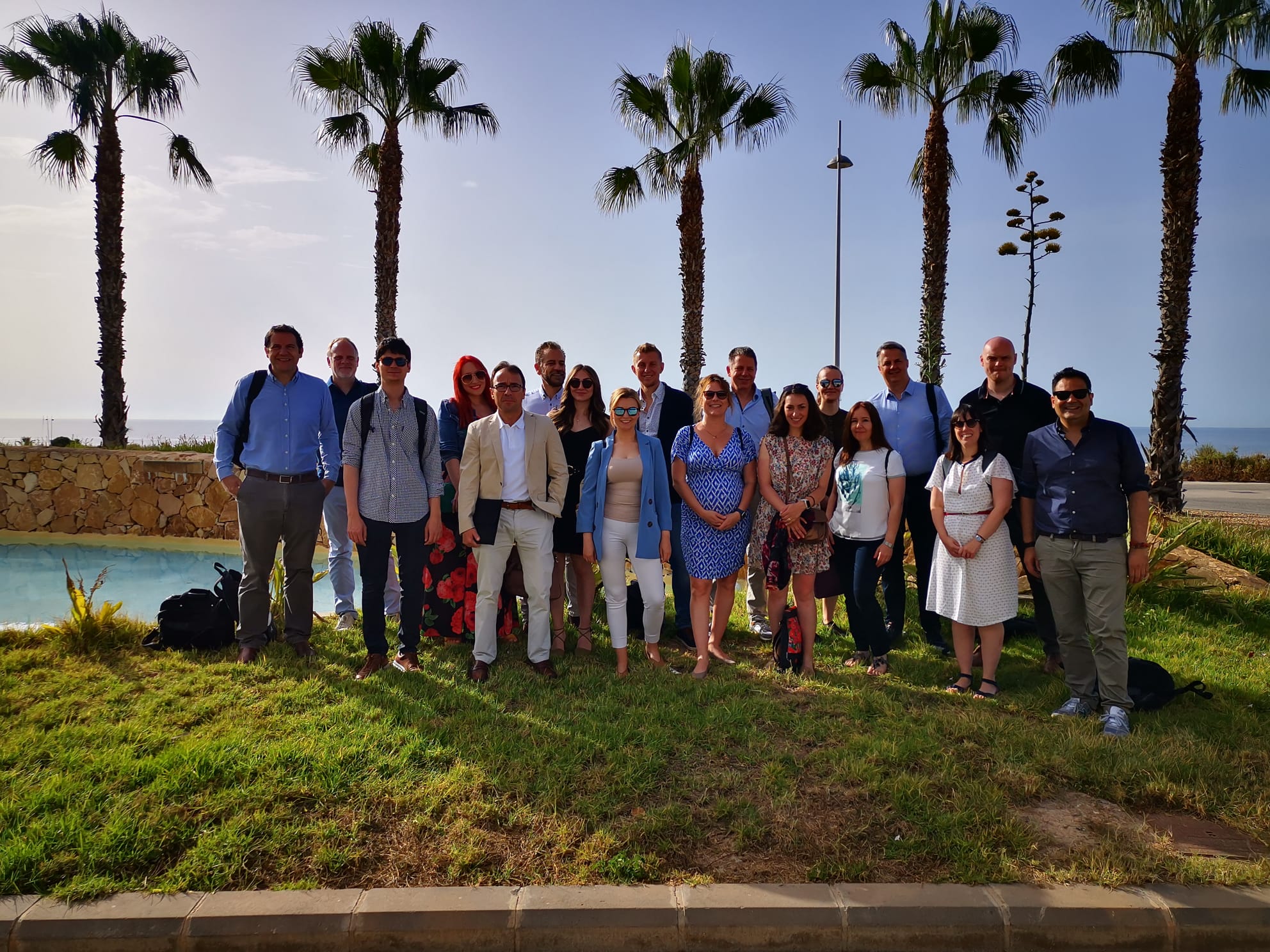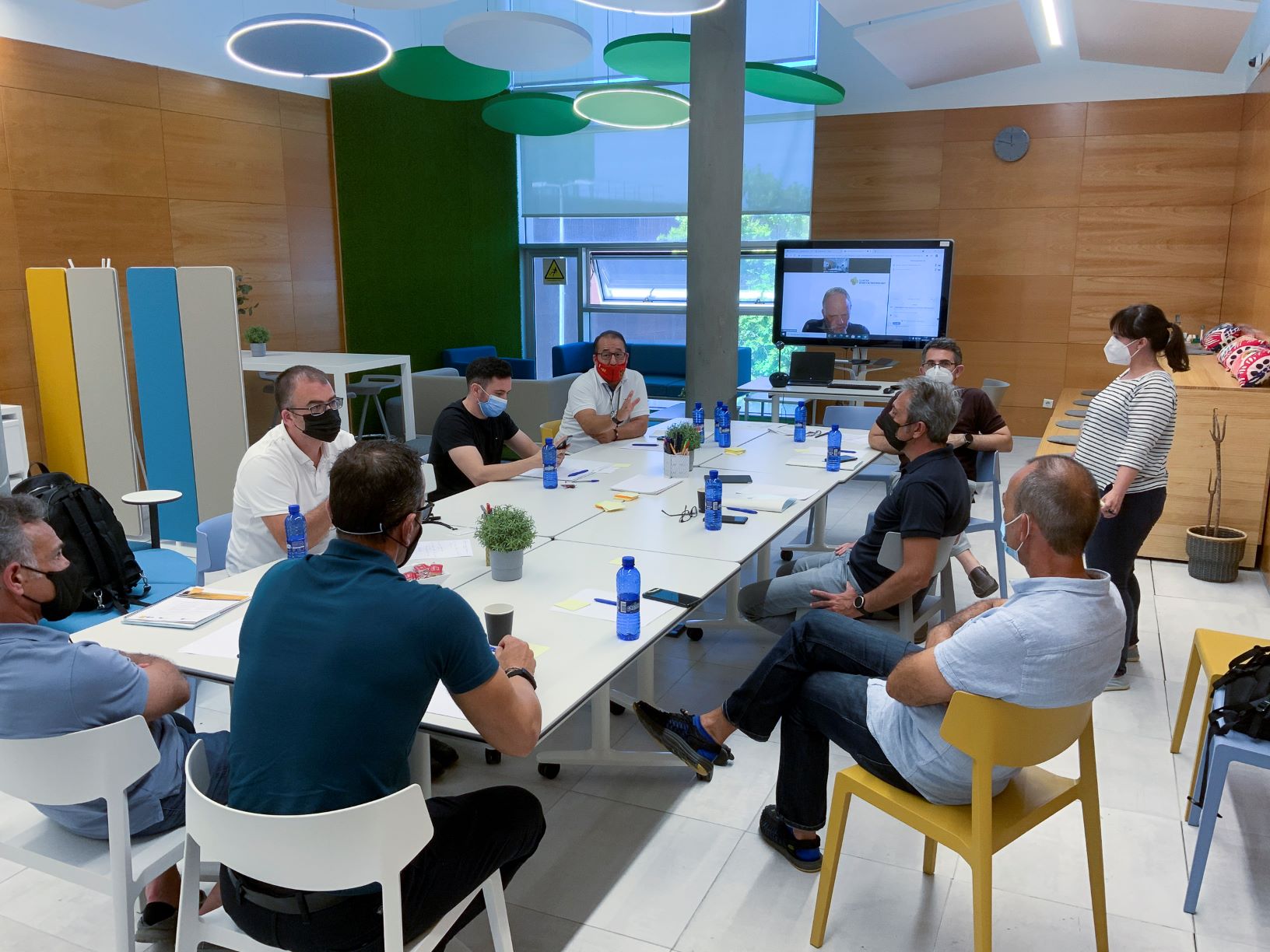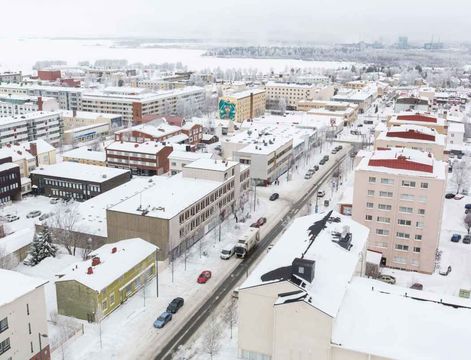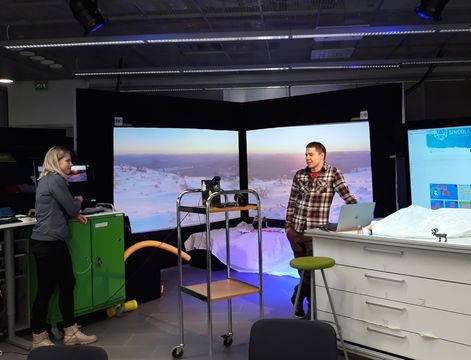As we know, due to climate change and increasing environmental problems the world is facing a huge challenge for human wellbeing and nature’s diversity. In addition, unexpected weather conditions and environmental degradation are posing a challenge to sports as well. In Lapland, winter sports are clearly affected by climate issues. Ski resorts face the challenge of shortening skiing seasons and in the past 15 years FIS Alpine Ski World Cup in Levi has been cancelled three times due to lack of snow.
At the same time as sport is affected by climate change, it is also causing it. Athletes, both professional and recreational travel around the world to do sports, and in Lapland sports is something most tourists do. Therefore, sustainable development in all its aspects is a crucial element in sport tourism.
Four aspects of sustainable development
1) In the environmental point of view, businesses have been able to reduce their carbon emissions by changing to green energy and investing in new energy efficient solutions. One of the most encouraging examples is Pyhä Ski Resort, which has decreased its carbon emissions by 80% since 2008. Another small but effective way to is to pay attention to water consumption in i.e. hotel laundry and cleaning and to reduce waste and develop better recycling systems, as they do in Salla.
Lapland has 8 national parks in addition to many natural attractions and nature sports, both winter and summer, are something most visitors do. This is why it is also important to protect the rare natural conditions for the coming generations as well. Metsähallitus in central actor in protecting these natural areas, one of the main ways being developing wilderness routes and services so that there is a little strain put on nature as possible. Adventure agencies and tourist guides also have a role in offering services that don’t damage nature and educating clients on how to respect the environment.
2) Economic sustainability ensures responsible spending and investments of businesses in order to ensure continuation of business activities, jobs for locals and tax revenue for local community. Today many consumers look for sustainable products. However, sustainability isn’t only a niche market for conscious customers, but it is also a way to keep one’s business going, since climate change is seen as a threat to business as well as human life.
3) In Lapland, many businesses support social sustainability by offering employment opportunities for local people. Some take this further by employing people with special needs such as young people, people with disabilities, or like Metsähallitus, former prisoners.
Sports tourism also supports recreational activities and wellbeing of local people. Ski resorts and other tourist attractions offer excellent sport facilities for locals as well. Ski tracks, hiking and mountain bike trails are in free use of locals. In addition, some ski resorts offer free ski passes for local children and support training of young athletes.
4) Together with social sustainability, it is necessary to consider cultural sustainability. In tourist attractions, such as Lapland tourism products are often based on local traditions and cultures. It is important to make it with respect to local ways of life, and with the approval of local people. In Lapland respecting Sami culture is especially important on order to keep the culture alive for next generations.
Photo: Markus Kiili (Lapland Material Bank)









